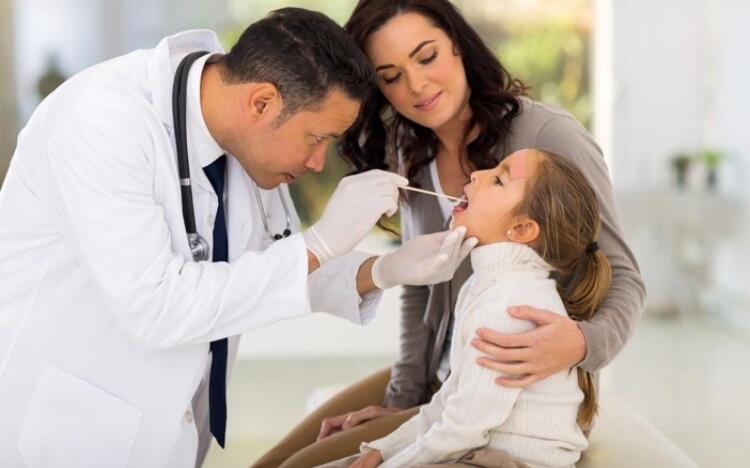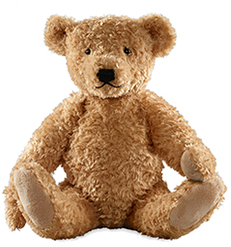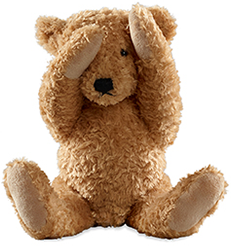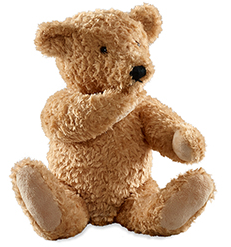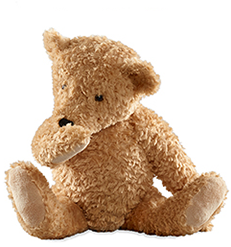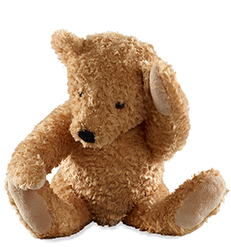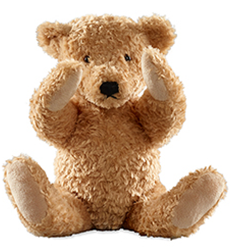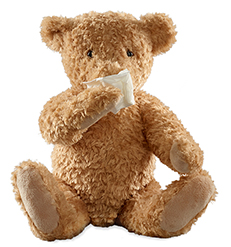Whooping cough (pertussis) is a respiratory tract infection that is very easily spread. Whooping cough usually starts off with cold-like symptoms, and develops into a cough. A bout of coughing is often followed by a deep intake of breath making the characteristic ‘whoop’ sound suggested by the name.
If you suspect your child has whooping cough, see your doctor.
What can I do about it?
You can help your child feel better by:
- giving them small frequent meals and fluids often (such as sips of water or smaller feeds but more often).1
- keeping your home free of irritants such as cigarette smoke.1
- keeping your child at home for 3 weeks from the start of the cough (if no antibiotics are given) or until they have had at least 5 days of their course of antibiotics.2
Taking care of a child with whooping cough can be stressful. Ask for help from family and friends so that you can catch up with sleep.1
How long will it last?
Whooping cough can last up to 6 weeks, with an ongoing cough lasting another 2 to 6 weeks.3
What about antibiotics?
Antibiotics may be prescribed during the first 3 weeks of infection. This helps stop the spread of infection to others, but may not reduce symptoms. If the cough has been present for longer than 3 weeks, antibiotics are unlikely to help.2
Seek help
- If your child is having difficulty breathing.
- If your child has problems catching their breath after a coughing spasm.
See card 12 'When should I seek further help?' for more information.
Preventing whooping cough
Whooping cough can be prevented by vaccination. If you have whooping cough and you have been in close contact with anyone in the first 3 weeks of your infection, you must let them know that you have whooping cough and that they might be at risk of catching the infection including:
- all household and family members
- children and teachers at childcare or school
- friends, especially pregnant women
- work colleagues.
If you have been in close contact with someone with whooping cough, see your doctor as soon as possible.
References
1. Royal Children's Hospital Melbourne. Whooping cough. Kids Health Info. 2008. [Online] (accessed 23 May 2017).
2. Antibiotic Expert Group. Antibiotic Therapeutic Guidelines v15. Therapeutic Guidelines Pty Ltd. [eTG Online] (accessed 24 March 2017).
3. Centers for Disease Control and Prevention. Pertussis (whooping cough). National Center for Immunization and Respiratory Diseases, Division of Bacterial Diseases 2015. [Online] (accessed 12 May 2017).
